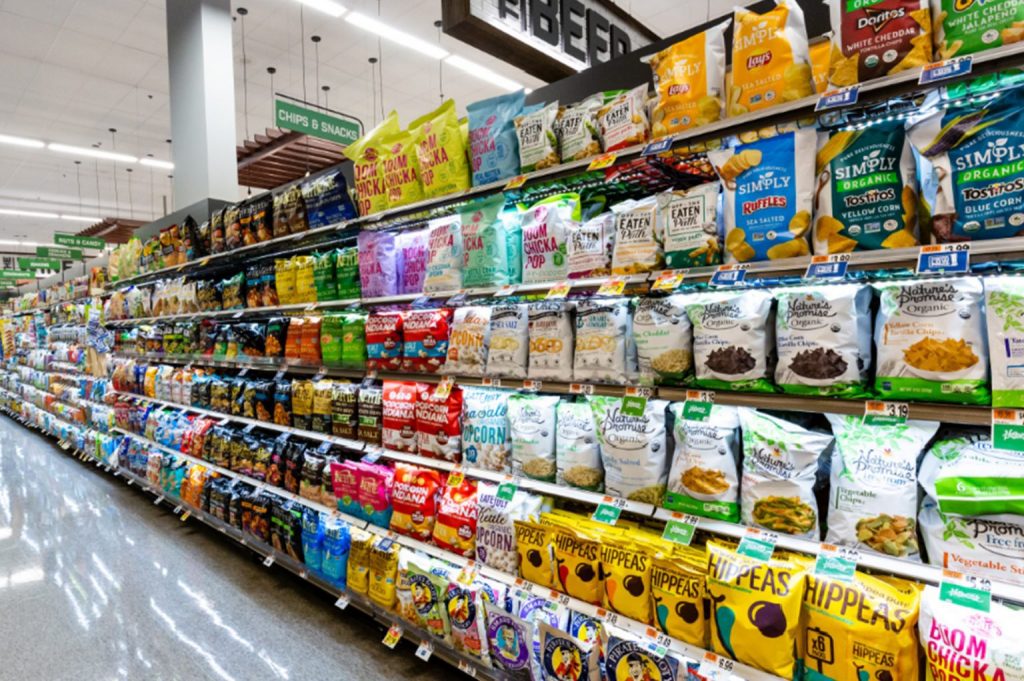Unveiling the Ecological Footprint of Convenience Foods: Unraveling the Environmental Impacts

Convenience foods have become an integral part of modern lifestyles, offering quick and easy meal options for busy individuals. However, behind the convenience lies a hidden ecological cost. In this article, we delve into the environmental impacts of convenience foods, shedding light on their far-reaching consequences. From production to disposal, we explore the various stages of convenience food's life cycle and their implications for our planet.
- Agricultural Practices and Land Use:
Convenience foods heavily rely on intensive agricultural practices, often leading to increased land use and deforestation. Large-scale monoculture farming, pesticide and fertilizer usage, and the conversion of natural habitats contribute to soil degradation, water pollution, and loss of biodiversity. We examine the ecological toll of these practices and their long-term effects on ecosystems. - Packaging and Waste Generation:
One of the defining characteristics of convenience foods is their extensive packaging. Single-use plastics, Styrofoam containers, and excessive wrapping contribute to the mounting waste crisis. We delve into the environmental consequences of packaging waste, including its impact on marine life, landfill pollution, and greenhouse gas emissions. Additionally, we explore sustainable packaging alternatives and innovative solutions to mitigate this issue. - Energy Consumption and Carbon Footprint:
The production, processing, and transportation of convenience foods require significant energy inputs, leading to a substantial carbon footprint. We analyze the energy-intensive nature of convenience food production, including the use of fossil fuels, refrigeration, and transportation. Furthermore, we discuss the potential for reducing energy consumption and adopting renewable energy sources within the convenience food industry. - Food Loss and Food Waste:
Convenience foods often contribute to the problem of food loss and waste. The demand for aesthetically pleasing and perfectly shaped products leads to the rejection of imperfect produce, resulting in substantial food waste. We examine the environmental implications of food waste, including its contribution to greenhouse gas emissions and the squandering of valuable resources. Additionally, we explore strategies to minimize food waste and promote a more sustainable food system. - Health and Nutritional Considerations:
While this article primarily focuses on the environmental impacts of convenience foods, it is essential to acknowledge the associated health implications. Many convenience foods are high in unhealthy fats, sodium, and added sugars, contributing to diet-related diseases and obesity. We briefly touch upon the health aspect to provide a holistic perspective on the consequences of convenience food consumption.
Conclusion:
The convenience provided by ready-to-eat meals and processed foods comes at a significant environmental cost. From the intensive agricultural practices to packaging waste and energy consumption, convenience foods leave a lasting imprint on our planet. Recognizing these impacts is crucial for making informed choices and driving change towards a more sustainable and environmentally conscious food system. By embracing sustainable practices, reducing waste, and promoting healthier alternatives, we can mitigate the environmental impacts of convenience foods and pave the way for a greener future.





